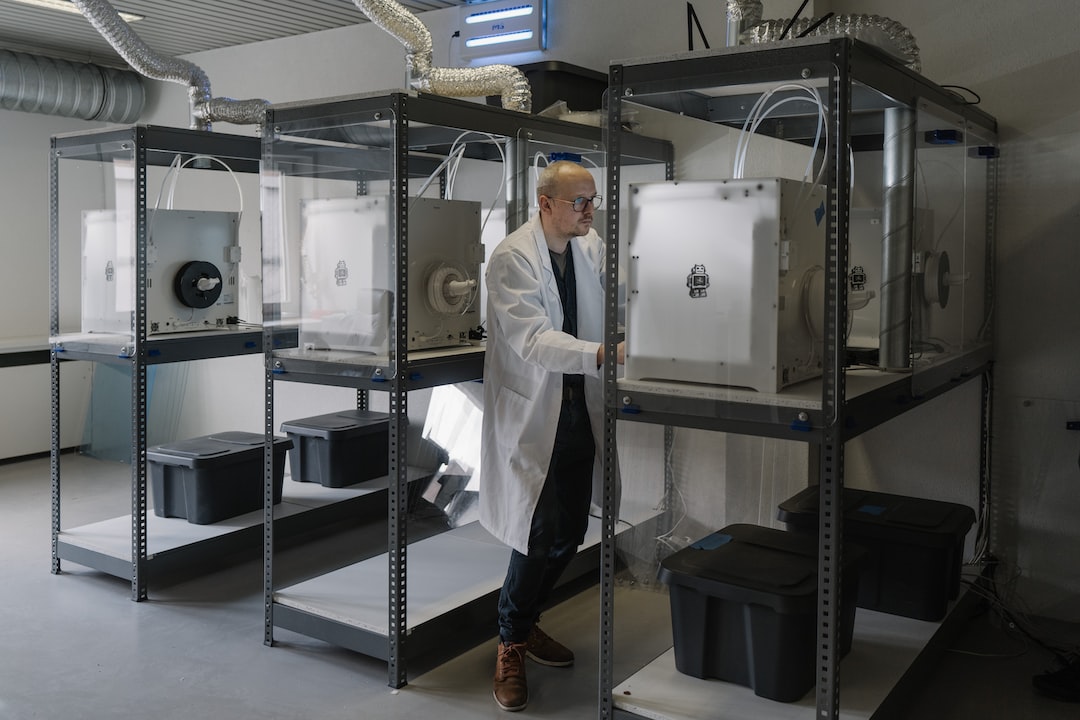The Future of Additive Manufacturing in Production
Additive manufacturing, also known as 3D printing, has revolutionized the way products are designed, prototyped, and manufactured. From its humble beginnings in the 1980s as a niche technology used primarily for rapid prototyping, additive manufacturing has now become a mainstream production method across various industries. With continuous advancements in materials, software, and machinery, the future of additive manufacturing in production holds immense potential to reshape the manufacturing landscape.
One of the key drivers for the adoption of additive manufacturing in production is its ability to create complex geometries that are not feasible with traditional manufacturing methods. Unlike subtractive manufacturing techniques, such as milling or drilling, where material is removed to obtain the desired shape, additive manufacturing builds up products layer by layer. This process allows for the creation of intricate designs and lightweight structures that enhance performance and functionality. As a result, additive manufacturing finds applications in industries ranging from aerospace and automotive to healthcare and consumer goods.
In the aerospace industry, additive manufacturing has already made significant strides in production. The ability to produce highly complex parts with reduced weight has led to improved fuel efficiency in aircraft, thereby reducing emissions. Moreover, additive manufacturing enables rapid prototyping, allowing engineers to test and iterate designs more quickly, thereby shortening the development cycle. NASA, for example, has used additive manufacturing to produce rocket engine components, reducing manufacturing time and cost while increasing performance.
In the automotive industry, additive manufacturing is transforming both prototyping and manufacturing processes. Traditional manufacturing methods involve long lead times and high costs for producing custom parts. With additive manufacturing, however, custom parts can be produced on-demand, reducing the need for expensive tooling and molds. This flexibility not only allows for faster production but also enables automakers to offer personalized options to customers. Additionally, additive manufacturing enables the production of lightweight components, contributing to improved fuel efficiency and reduced emissions.
The healthcare industry is another sector that stands to benefit greatly from the adoption of additive manufacturing in production. Personalized medical devices, such as prosthetics and implants, can be precisely tailored to individual patients using 3D printing. This customization leads to improved patient outcomes and reduces the potential for post-surgical complications. Additionally, additive manufacturing facilitates the production of anatomical models for surgical planning and training, allowing surgeons to practice complex procedures before they are performed on patients. In the future, it is not far-fetched to envision a scenario where replacement organs can be 3D printed, eliminating the need for organ transplants.
While the current applications of additive manufacturing in production are impressive, the technology continues to evolve, offering even greater possibilities for the future. Materials play a crucial role in the advancement of additive manufacturing, and researchers are constantly exploring new materials with enhanced properties for specific applications. For instance, carbon fiber composites are being developed for additive manufacturing, promising to create lightweight and high-strength components. Similarly, biocompatible materials are being studied for the production of 3D-printed organs or tissues.
In addition to materials, the software used in additive manufacturing is also evolving to make the process more efficient and accessible. Design software is becoming more user-friendly, allowing engineers with minimal expertise in additive manufacturing to create complex designs. Furthermore, advancements in simulation software enable manufacturers to predict and optimize the performance of 3D-printed products, reducing the need for physical iterations. These software advancements, combined with improved hardware, such as faster and more precise 3D printers, will further enhance the adoption of additive manufacturing in production.
As with any disruptive technology, the widespread adoption of additive manufacturing in production will require overcoming certain challenges. Cost, for example, remains a barrier for some industries, as the initial investment for 3D printers and associated equipment can be high. Additionally, the pace of production using additive manufacturing is still slower compared to traditional methods, making it unsuitable for high-volume production. However, ongoing research and development efforts are continuously addressing these challenges, and as the technology matures, cost and speed limitations are expected to decrease.
In conclusion, additive manufacturing has come a long way since its inception and is poised to play a prominent role in the future of production. Its ability to create complex designs, facilitate rapid prototyping, and enable customization makes it an attractive option for a wide range of industries. As materials, software, and machinery continue to advance, the possibilities for additive manufacturing in production are limitless. From reducing fuel consumption in aerospace to improving patient outcomes in healthcare, the future looks bright for this transformative technology.
